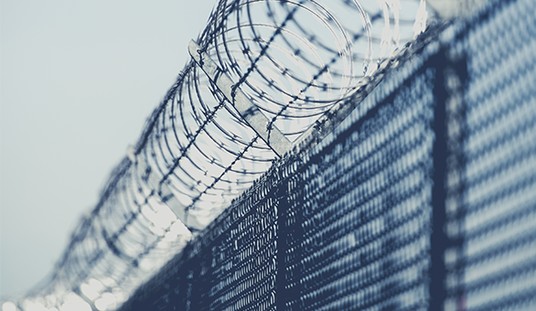The Supreme Court signaled its interest in the debates over global warming, the use of courts to impose costs on energy producers, and potentially the reach of executive branch agencies. The court accepted an appeal from eight states over a lawsuit that would have forced by court order energy producers to lower greenhouse-gas emissions, a blow to the plaintiffs that wanted to limit energy production by filing public-nuisance lawsuits:
The U.S. Supreme Court will take on another landmark global warming lawsuit, the high court announced today.
The court will hear an appeal next year from electric utilities in the high-profile American Electric Power v. Connecticut case. Power companies are challenging a lower court ruling that allowed states and environmental groups to move ahead with a public nuisance lawsuit seeking to force the utilities to slash their greenhouse gas emissions.
Monday’s decision marks a victory for the utilities -– American Electric Power Co., Duke Energy, Southern Co., Xcel Energy Inc. and the Tennessee Valley Authority -– that want the court to toss out the decision that could force them to reduce their greenhouse gas emissions.
That wasn’t their only victory, either. Justice Sonia Sotomayor recused herself from the case. While serving on the 2nd Circuit Court of Appeals, Sotomayor heard arguments and deliberated on the case. She had left the panel to go to the Supreme Court before the 2nd Circuit issued its ruling upholding the lower court ruling. That was enough to force her off the case now.
The recusal leaves a 4-3 split between conservatives and liberals on the Court and Anthony Kennedy in the middle. It takes four Justices to accept a case, which means that at least half of the remaining court believes that there is enough room to argue for overturning the appeals court ruling. However, if the court splits along ideological lines (which would hardly be surprising) and Kennedy votes to uphold the lower court ruling, a 4-4 split would keep it in effect. That’s certainly a possible outcome here, although John Roberts might be expected to try hard to persuade the other justices to rethink their approach, post-Kelo, perhaps.
Interestingly, the Obama administration joined the effort to get Supreme Court review of the appellate decision. They argued that the court overstepped its jurisdiction by treading on ground already being plowed by the EPA. Having the courts issue ad hoc rulings on emissions could create confusion and delay, which Obama hopes to pre-empt through regulation expansion. That may give the court an opening to address the notion of EPA authority for increased regulation, although that might take an amicus brief from Congress to produce.
The case could represent an end to courtroom warfare by environmental groups for their global-warming hysteria agenda. It will be worth watching, especially for the impact of Sotomayor’s recusal.
Update: The 4-3 split would be conservatives 4, liberals 3, and Anthony Kennedy. The way I originally wrote it was confusing.








Join the conversation as a VIP Member